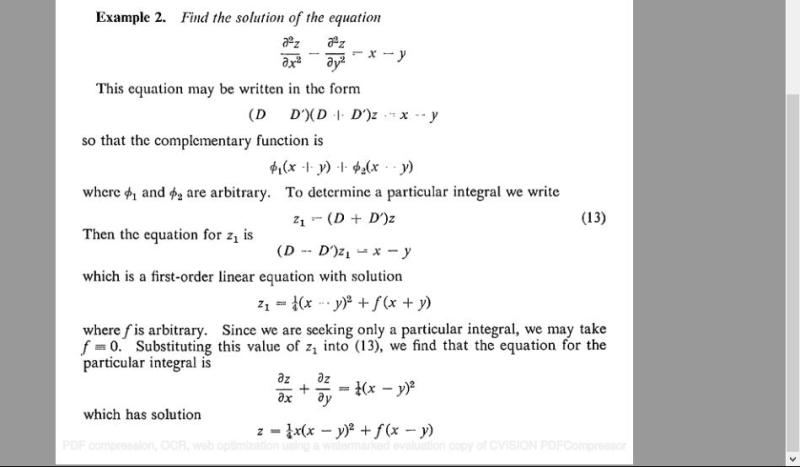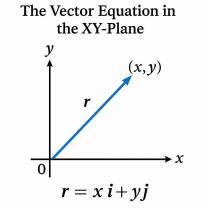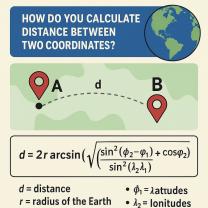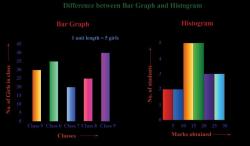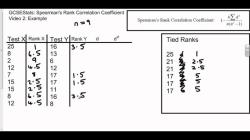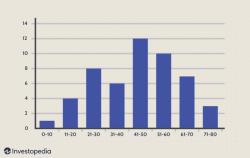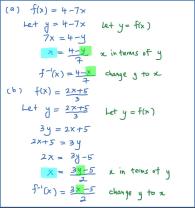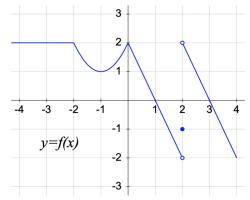What is an example of a first order differential equation?
A first-order differential equation involves the first derivative of an unknown function with respect to the independent variable. The general form of a first-order linear ordinary differential equation (ODE) is often represented as:
Here, is the dependent variable, is the independent variable, and is a given function.
Let's consider a specific example of a first-order linear differential equation:
In this case, the rate of change of the function with respect to is given by . To find the solution to this differential equation, you would integrate both sides with respect to :
The solution to this equation, after performing the integrations, would be:
Here, is the constant of integration, which would be determined by any initial conditions provided or through additional information about the problem.
So, the first-order differential equation has the solution .
Sure. Here is an example of a first-order differential equation:
Population growth model
The population of a city is modeled by the differential equation:
dP/dt = kP
where:
- P(t) is the population of the city at time t
- k is a constant growth rate
This equation states that the rate of change of the population (dP/dt) is proportional to the current population (P). The constant of proportionality k is the growth rate.
First-order differential equations are applied in a wide variety of fields, including:
- Physics: Modeling motion, heat transfer, and fluid flow
- Chemistry: Modeling chemical reactions
- Biology: Modeling population growth and decay
- Economics: Modeling economic growth and inflation
The characteristics of a first-order differential equation are:
- It has the form:
dy/dx = f(x, y)
where f(x, y) is a function of x and y.
- It has one unknown function, y.
- It can be solved using a variety of methods, including separation of variables, integrating factors, and linearization.
